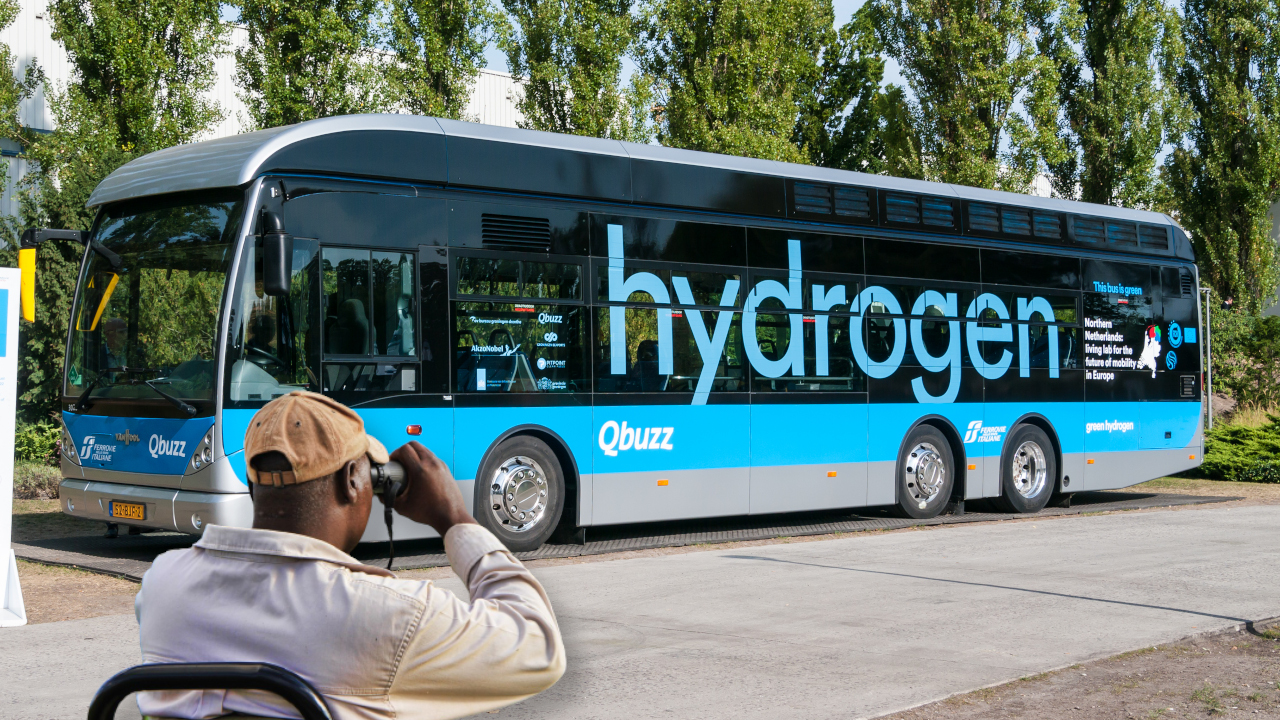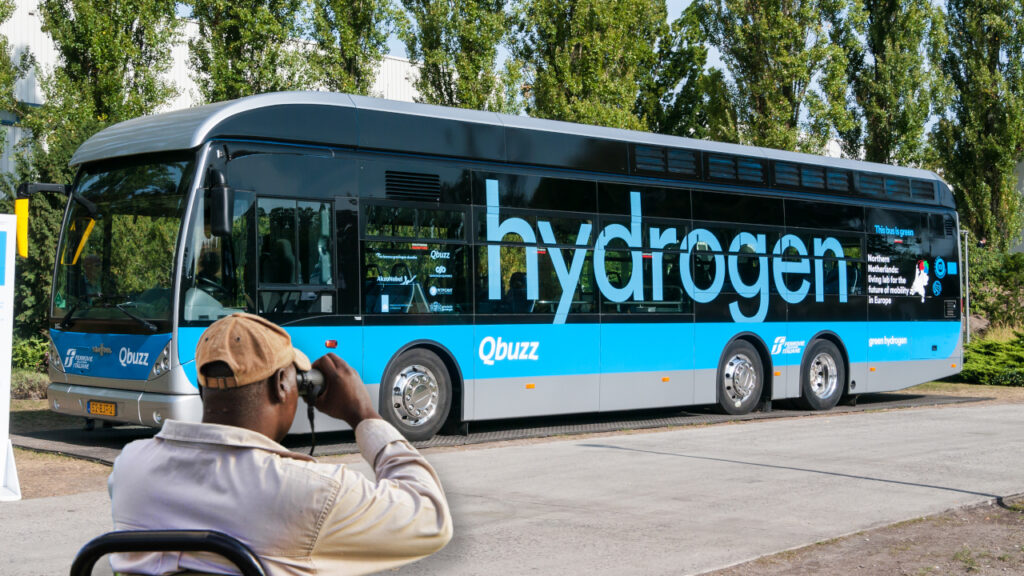The way we move from one place to another is changing faster than ever before. As cities expand, populations grow, and climate change becomes a pressing concern, the demand for cleaner, smarter, and more efficient transportation is reshaping how we envision future mobility. Gas-powered engines, once seen as the backbone of modern transportation, now face strong criticism for their pollution, inefficiency, and long-term environmental impact.
Clean transportation—driven by electric vehicles (EVs), electric bikes, and modernized public transit systems—presents an exciting opportunity to build a greener future. Governments, innovators, and consumers around the world are embracing cleaner travel options, highlighting a shift that goes beyond convenience and touches on health, sustainability, and economic growth.
Let’s explore how electric vehicles, bikes, and public transit adoption are paving the way toward sustainable mobility and what this means for the future of clean transportation worldwide.
Why Clean Transportation Matters
Transportation is one of the largest contributors to global carbon emissions. According to international climate reports, vehicles powered by fossil fuels contribute nearly a quarter of greenhouse gas emissions worldwide. With urban air pollution reaching dangerous levels in many cities, adopting clean transportation solutions is no longer an option—it’s a necessity.
Clean transportation ensures not only environmental benefits but also significant advantages for public health, energy security, and long-term economic stability. By reducing dependency on oil and promoting renewable-powered mobility, countries can tackle climate change while creating healthier urban environments.
Electric Vehicles: Driving the Shift
The Growth of Electric Cars
Electric vehicles are leading the clean transportation revolution. From luxury cars to budget-friendly models, EVs are becoming increasingly accessible thanks to falling battery costs and improved charging infrastructure. Many Tier-1 countries such as the United States, Canada, the UK, and Germany are setting ambitious targets to completely phase out internal combustion engine vehicles in the coming decades.
Consumers are drawn to EVs not only for their eco-friendliness but also for their modern features—quiet motors, instant torque, smart connectivity, and lower maintenance costs. As battery ranges extend, concerns about “range anxiety” are gradually disappearing.
Charging Infrastructure Expansion
One of the biggest hurdles for EV adoption has been the lack of reliable charging networks. However, governments and private companies are rapidly investing in fast-charging stations along highways, city centers, and workplaces. Wireless charging technology and ultra-fast chargers, which can power up a vehicle in minutes, are making EVs more practical for everyday use.
Policy Support Driving Growth
Government incentives play a crucial role in boosting EV adoption. Tax breaks, subsidies, zero-emission zones in cities, and investments in charging infrastructure are motivating consumers to switch to cleaner mobility. For example, countries across Europe and North America are offering significant rebates for EV purchases while penalizing high-emission vehicles.
Electric Bikes: Redefining Urban Mobility
The Rise of E-Bikes
Electric bikes (e-bikes) are becoming one of the fastest-growing segments of clean transportation. Compact, affordable, and highly efficient, they offer a perfect solution for short-distance travel. E-bikes require less infrastructure compared to cars and help reduce traffic congestion in crowded cities.
Many urban commuters now prefer e-bikes over cars for daily travel because they combine the health benefits of cycling with the convenience of an electric motor that eliminates the struggle of steep terrains or long distances.
Benefits of E-Bikes
- Environmental Impact: They are emission-free and highly energy-efficient.
- Cost-Effective: E-bikes are cheaper to buy, maintain, and operate than cars.
- Time-Saving: In traffic-heavy cities, e-bikes often get riders to their destinations faster.
- Health Benefits: While motor-assisted, they still promote physical activity.
Integration with Smart Cities
Many cities are introducing rental e-bike programs as part of their mobility strategy. Apps allow seamless renting, navigation, and drop-off at stations, making e-bikes a convenient option for residents and tourists. In fact, bike-friendly infrastructure—like dedicated cycling lanes and parking zones—is becoming a benchmark for modern, sustainable cities.
Public Transit: The Backbone of Clean Cities
Modernizing Buses and Rail
Public transit remains the most energy-efficient way to move large groups of people, and modernization is transforming its role in clean transportation. Electric buses, hydrogen-powered trains, and automated metro systems are reducing emissions while offering reliable alternatives to private car ownership.
Many global cities are investing in zero-emission bus fleets that combine efficiency with lower operation costs. Similarly, high-speed electric rail networks are reducing air travel’s carbon footprint by offering faster and greener options for intercity transportation.
Benefits of Public Transport Adoption
- Reduced Emissions: A single bus or train can replace dozens of private cars.
- Affordable Mobility: Public transit is usually more affordable and accessible.
- Better Urban Planning: Car-free zones and pedestrian-friendly cities reduce congestion and pollution.
- Social Inclusion: Public transit ensures mobility for people who cannot afford personal vehicles.
The Role of Policy and Innovation
Governments worldwide are working to improve public transit systems by investing in cleaner technologies, digital ticketing, contactless payment systems, and real-time tracking apps. This makes commuting more convenient, reliable, and environmentally friendly.
Challenges in Clean Transportation Adoption
While the future looks promising, several challenges continue to slow down adoption:
- High Upfront Costs: Though EVs and e-bikes save money in the long run, purchase costs are still higher than conventional vehicles in many markets.
- Infrastructure Gaps: Developing robust charging networks and cycling infrastructure takes significant investment and urban planning.
- Cultural Habits: People in some car-dependent regions remain hesitant to switch to public transit or two-wheelers.
- Battery Sustainability: Recycling and sourcing materials like lithium and cobalt responsibly remain big concerns.
The Global Outlook on Clean Transportation
Clean transportation isn’t just a trend—it’s the future. Countries in North America and Europe are already witnessing rapid growth in EV adoption, while Asian countries like China are leading the e-bike revolution. Meanwhile, cities like Singapore and Copenhagen are proving how integrated public transit and cycling infrastructure can transform urban living.
As more nations commit to climate-neutral goals, clean transportation will become vital in achieving those targets. Breakthroughs in battery technology, renewable energy integration, and smart city initiatives will only accelerate this shift.
What the Future Holds
Looking ahead, clean transportation will become increasingly seamless and interconnected. Imagine commuting where you ride an e-bike to the nearest transit station, board an autonomous electric bus, and charge your electric car wirelessly while at work.
Artificial intelligence and data-driven policies will play a major role in optimizing traffic flow, reducing congestion, and personalizing mobility services. The future will emphasize not just reducing emissions but creating happier, healthier urban environments where transportation is efficient, sustainable, and inclusive.
Conclusion
The future of clean transportation is already here, and it’s gaining speed. Electric vehicles, bikes, and modernized public transit systems are redefining how we move while tackling some of the world’s biggest challenges—climate change, urban pollution, and traffic congestion.
For consumers, adopting clean transportation means better health, lower costs, and smarter living. For cities, it means cleaner air, reduced emissions, and stronger economies. And for the planet, it means hope for a sustainable future.
The road to cleaner mobility may face challenges, but the benefits far outweigh the obstacles. The world is charging ahead, and now is the time to be part of this transformation.
Call to Action
The future of clean transportation is closer than ever, but it depends on choices we make today. If you’re considering buying a new vehicle, explore electric options. Try out e-bikes for short commutes, and whenever possible, support your city’s public transit system. By making greener choices, you contribute to a healthier planet and a brighter tomorrow.






